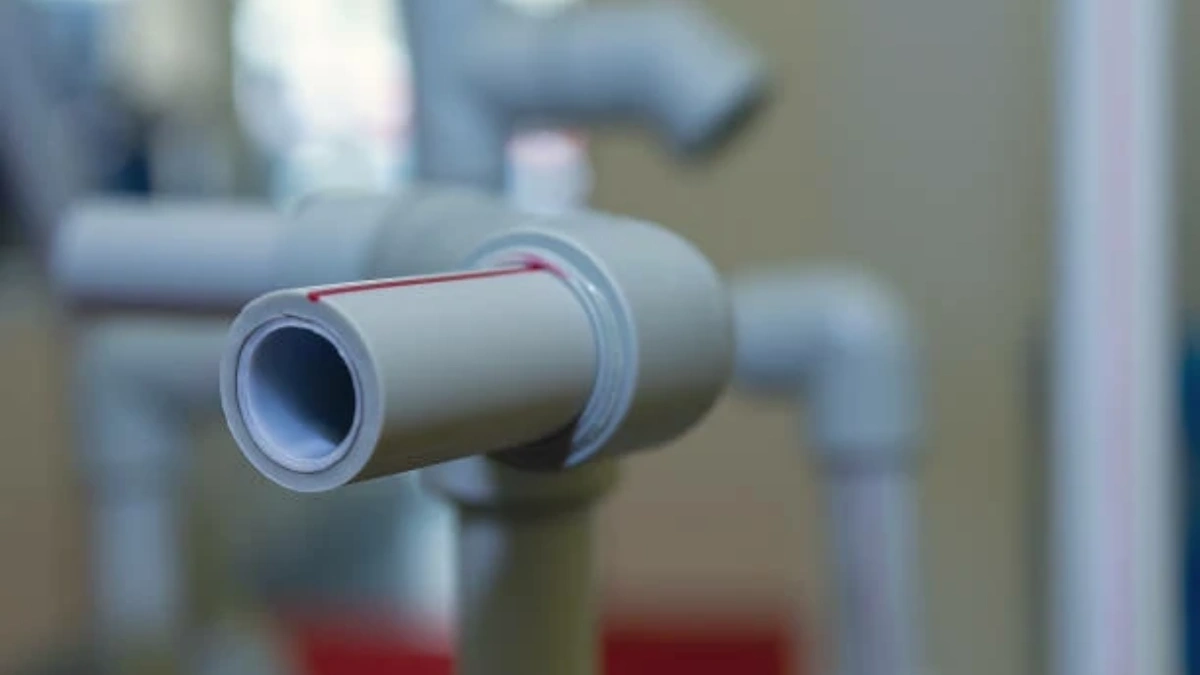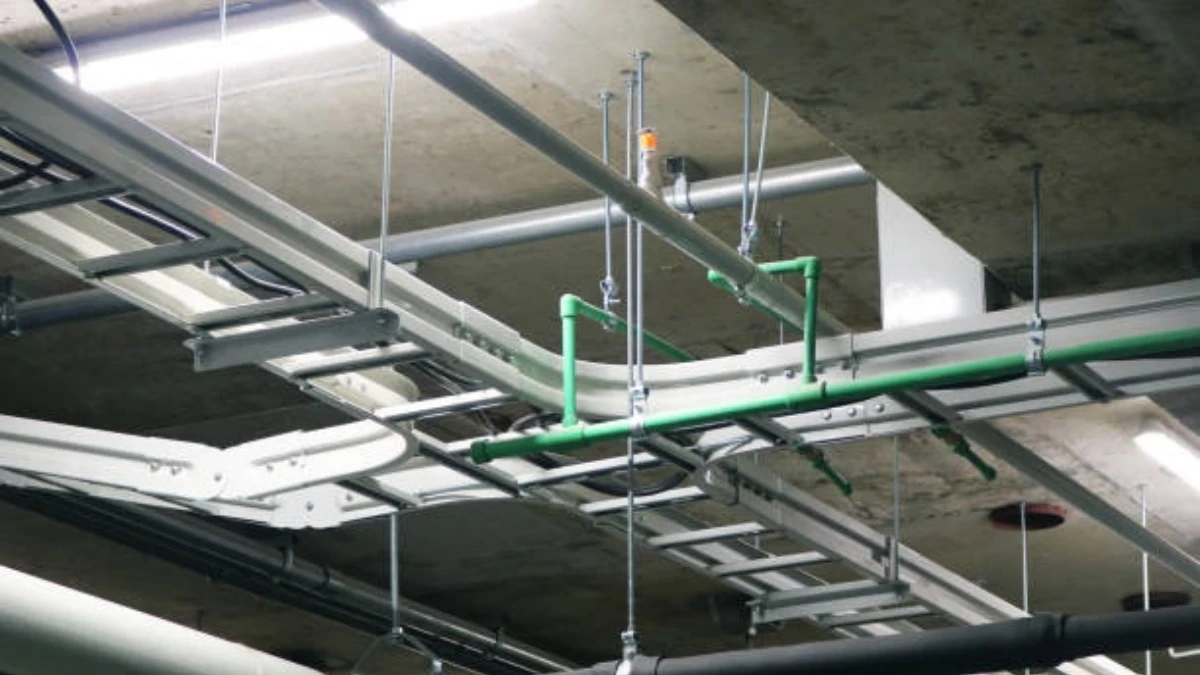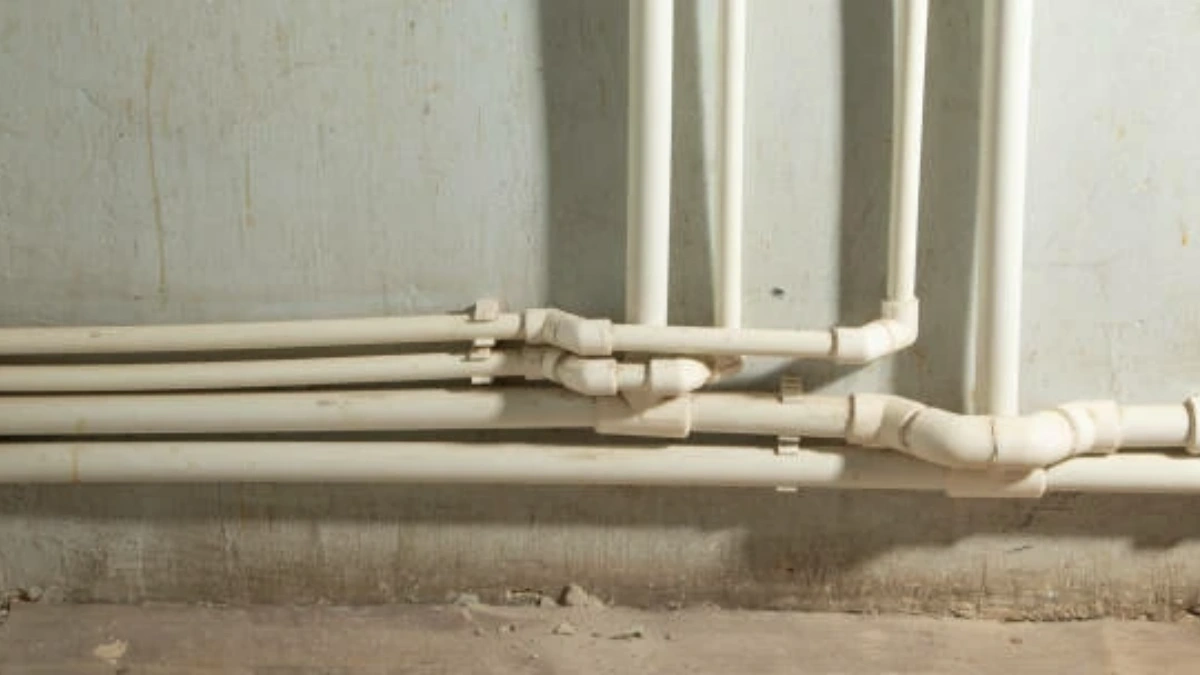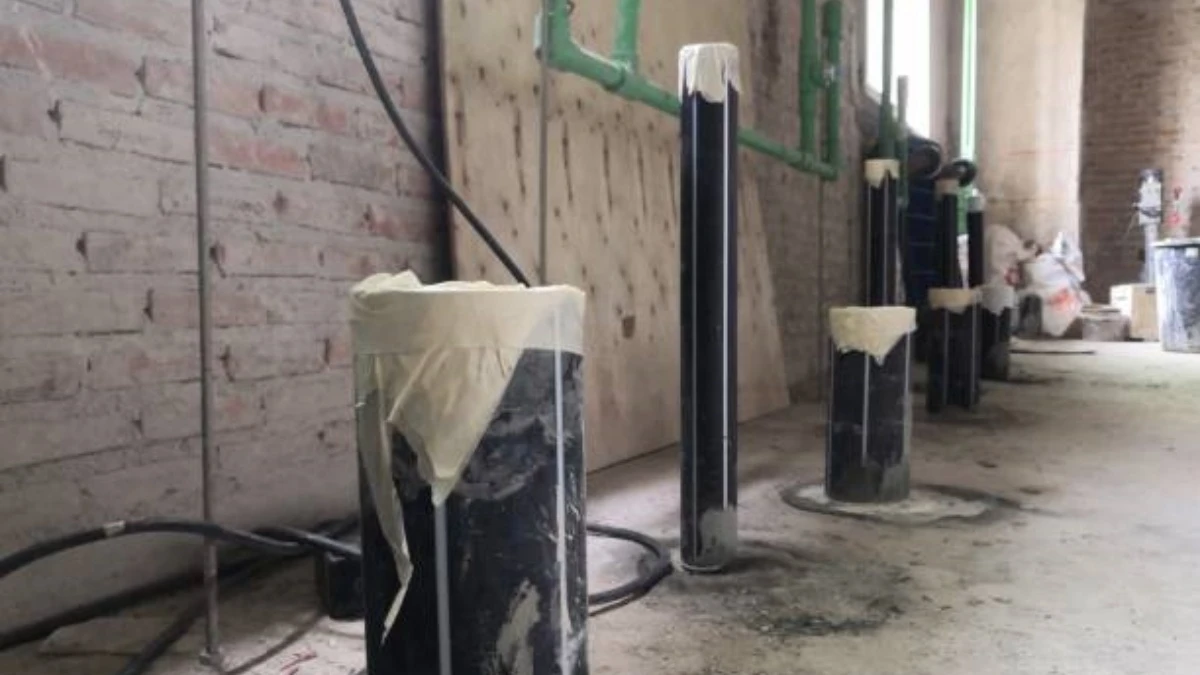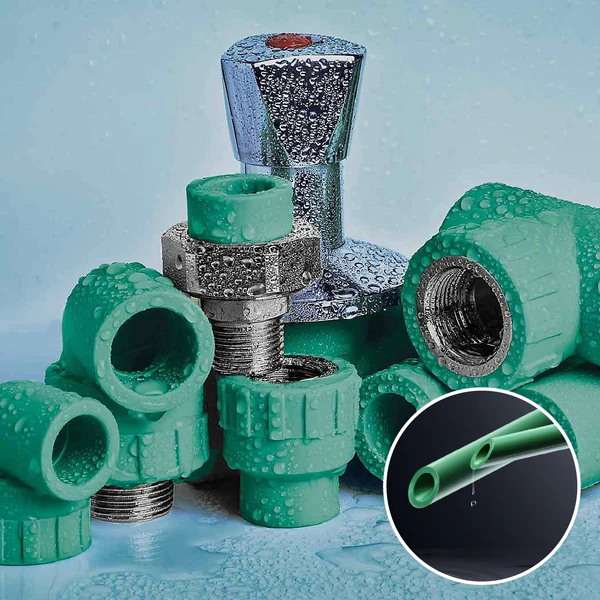When planning a plumbing project, selecting the right plumbing pipe is crucial for ensuring durability, efficiency, and cost-effectiveness. The wrong choice can lead to leaks, water contamination, or costly repairs down the line. Different materials suit different applications, and understanding their strengths and weaknesses will help you make an informed decision that meets both your immediate needs and long-term requirements. This comprehensive guide explores the most common types of plumbing pipes, their specific uses, key selection factors, and installation best practices to help you make the optimal choice for your project.
Types of Plumbing Pipes
1. PVC Pipes (Polyvinyl Chloride)
Best for: Drainage, waste, and vent systems
Pros:
- Most affordable option with excellent cost-to-performance ratio
- Extremely lightweight, making handling and installation easier
- Highly resistant to corrosion and chemical degradation
- Smooth interior walls prevent clogs and maintain water flow
- Simple to cut and join using solvent cement
Cons: - Cannot withstand high temperatures (maximum 140°F)
- Becomes brittle in freezing temperatures
- Not suitable for pressurized water supply applications
- UV exposure causes degradation over time
2. CPVC Pipes (Chlorinated Polyvinyl Chloride)
Best for: Hot and cold water supply lines
Pros:
- Handles temperatures up to 200°F, ideal for hot water
- More flexible than PVC while maintaining durability
- Resistant to scale buildup and corrosion
- Lightweight and easier to install than metal pipes
- Lower cost alternative to copper for water supply
Cons: - More expensive than standard PVC
- Requires special CPVC-approved solvent cement
- Can become brittle in very cold conditions
- Not suitable for outdoor use without protection
3. PEX Pipes (Cross-Linked Polyethylene)
Best for: Whole-house water distribution systems
Pros:
- Extreme flexibility allows routing through walls and tight spaces
- Excellent freeze resistance – expands without bursting
- Color-coded (red for hot, blue for cold) simplifies installation
- Fewer fittings needed means lower leak potential
- Resistant to scale and corrosion buildup
Cons: - Cannot be used outdoors due to UV sensitivity
- Requires special expansion or crimping tools
- Some building codes restrict PEX use in certain areas
- Not recyclable like copper or PVC
4. Copper Pipes
Best for: Premium water supply installations
Pros:
- Unmatched longevity (50+ year lifespan)
- Naturally resistant to bacteria growth
- Handles extreme temperatures and pressures
- Maintains water quality without leaching
- Recyclable and environmentally friendly
Cons: - Highest material cost among options
- Requires skilled soldering for proper joints
- Vulnerable to acidic water conditions
- Can develop pinhole leaks over decades
5. Galvanized Steel Pipes
Best for: Historic renovations (modern replacements available)
Pros:
- Exceptional strength and impact resistance
- Long lifespan when properly maintained
- Fire resistant properties
Cons: - Heavy and difficult to work with
- Internal corrosion reduces water flow over time
- Rust contamination affects water quality
- Requires threading tools for installation
6. ABS Pipes (Acrylonitrile Butadiene Styrene)
Best for: Underground drainage applications
Pros:
- Superior impact resistance compared to PVC
- Excellent performance in cold climates
- Black color makes identification easy
- Simple solvent welding installation
Cons: - Cannot handle hot water flows
- UV exposure causes surface degradation
- Some local codes prohibit ABS use
Key Factors to Consider When Choosing Plumbing Pipes
1. Application-Specific Requirements
Different plumbing functions demand different pipe characteristics:
- Water Supply Lines: Need pressure rating, temperature resistance
- Drain/Waste/Vent: Require chemical resistance, proper slope
- Underground Use: Must withstand soil pressure, root intrusion
- Hot Water Systems: Require high temperature tolerance
2. Budget Constraints
Material costs vary significantly:
- Economical: PVC, ABS (drainage only)
- Mid-Range: PEX, CPVC
- Premium: Copper
Factor in both material costs and installation labor when budgeting.
3. Compliance with Local Codes
Plumbing codes vary by region:
- Some areas prohibit certain materials (e.g., PEX bans)
- Specific applications may require approved materials
- Always verify with local building department before purchase
4. Water Chemistry Considerations
Water quality affects pipe selection:
- Hard Water: Can scale copper pipes over time
- Acidic Water: Accelerates copper corrosion
- Chlorinated Water: May degrade PEX longevity
5. Installation Method & Skill Level
Consider your technical capabilities:
- DIY-Friendly: PEX (crimp/expansion), PVC/CPVC (glue)
- Professional Recommended: Copper (soldering), Steel (threading)
- Special Tools Required: Each material has unique requirements
Advanced Selection Criteria
1. Environmental Impact & Sustainability
Eco-conscious choices include:
- Copper: Fully recyclable with long service life
- PEX: Lower embodied energy than metal pipes
- Recycled Content: Some PVC/HDPE pipes incorporate recycled material
2. Freeze Protection Needs
For cold climate installations:
- Best: PEX (expands without bursting)
- Good: Copper (with proper insulation)
- Poor: PVC/CPVC (brittle in freezing temps)
3. Long-Term Maintenance Factors
Consider future upkeep:
- Copper: May need eventual replacement in acidic water areas
- Galvanized Steel: Requires monitoring for rust buildup
- Plastic Pipes: Generally low maintenance
4. Noise Reduction Qualities
For quiet operation:
- Best: PEX (absorbs water hammer noise)
- Good: Copper with proper mounting
- Noisy: PVC/ABS (can amplify water sounds)
5. Thermal Expansion Management
Plastic pipes expand significantly:
- Requires proper spacing of supports
- Use expansion loops in long runs
- Metal pipes need less expansion accommodation
Professional Installation Tips
- Always slope drain pipes properly (1/4″ per foot minimum)
- Support pipes at regular intervals (every 32″ for horizontal, 10′ for vertical)
- Protect pipes from UV exposure when used outdoors
- Use dielectric unions when connecting dissimilar metals
- Pressure test all new installations before concealing pipes
Conclusion
Selecting the ideal plumbing pipe requires balancing multiple factors including application needs, budget constraints, local regulations, and water quality considerations. Modern options like PEX offer excellent performance for most residential applications, while copper remains the gold standard for premium installations. For drainage systems, PVC and ABS provide reliable, cost-effective solutions. Always consult with plumbing professionals when in doubt, and remember that proper installation is just as important as material selection for ensuring a trouble-free plumbing system that will serve you well for decades.
FAQs About Plumbing Pipes
1. Which plumbing pipe is best for hot water?
CPVC and copper pipes handle hot water most effectively, while PEX-B is also rated for residential hot water use up to 180°F.
2. Can I use PVC pipes for drinking water?
Only if specifically labeled as NSF-61 certified for potable water. Standard PVC is not approved for drinking water applications.
3. How long do PEX pipes last?
Properly installed PEX systems typically last 40-50 years. The material resists scale buildup and corrosion that affect metal pipes.
4. Why do copper pipes turn green?
Natural oxidation creates a green patina (verdigris) on exterior surfaces. While unsightly, this doesn’t necessarily indicate leaks or problems.
5. Can I mix different types of plumbing pipes?
Yes, with proper transition fittings. Always use approved connectors (brass for PEX-to-copper) and follow manufacturer guidelines for compatibility.
By carefully evaluating these factors and consulting with professionals when needed, you can confidently select and install the best plumbing pipe system for your specific requirements and ensure decades of reliable service.
